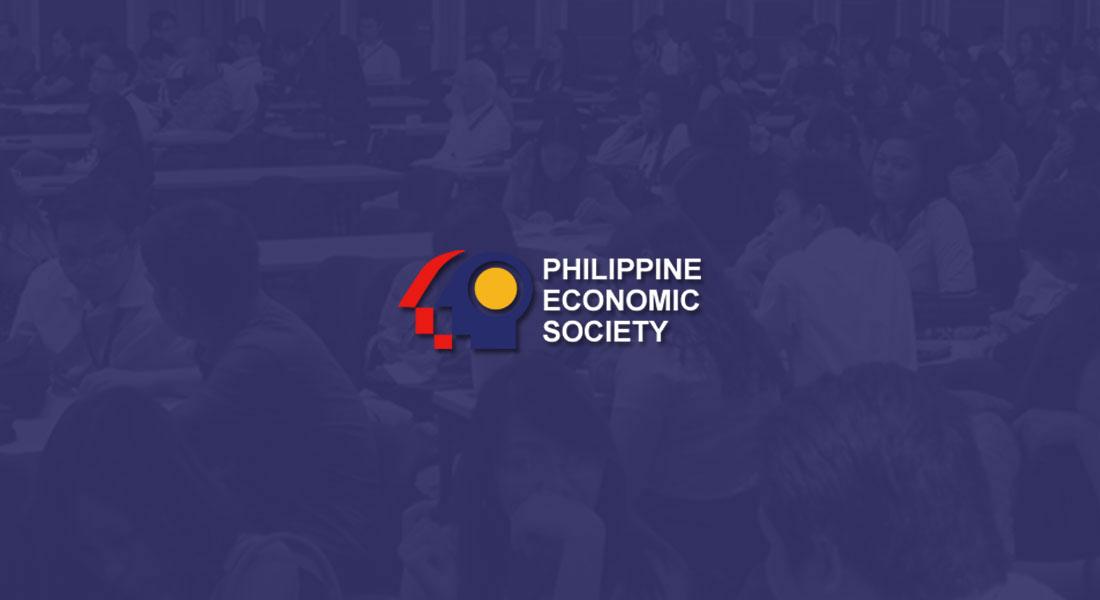
State statisticians on Monday lowered the official second quarter gross domestic product (GDP) contraction to -16.9 percent from the earlier -16.5 percent.
“Major contributors to the revision were real estate and ownership of dwellings, from -20.1 percent to -29.7 percent; wholesale and retail trade; repair of motor vehicles from -13.1 percent to -13.9 percent; and financial and insurance activities from 6.8 percent to 5.4 percent,” said the Philippine Statistics Authority (PSA) in a report.
Net primary income (NPI) from the rest of the world recorded upward revision from -22.0 percent to -21.7 percent, while gross national income (GNI) posted downward revision from -17.0 percent to -17.3 percent.
Revisions to GDP figures, the PSA said, follow approved policy that is consistent with international standard practices.
The Philippine economy plunged into a technical recession in the second quarter of the year as strict quarantine measures imposed to prevent the spread of coronavirus disease (Covid-19) virus took its toll on industries.
In a related development, Moody’s Analytics said it expected the Philippine economy to contract by 6 percent in the third quarter of the year.
“Much like Malaysia’s, the Philippines’ economy contracted sharply during the June quarter, as the strict lockdown weighed heavily on domestic investment and consumption while exports plunged by 40 percent,” it said in a report released on Monday.
Moody’s Analytics, however, said that unlike Malaysia, domestic Covid-19 caseloads in the Philippines accelerated over the second quarter, necessitating the extension of conditional restrictions.
“The surge in domestic cases is expected to have dampened the revival in domestic demand, giving rise to another quarter of contraction,” it said.
Official third quarter GDP growth data is scheduled to be released by the PSA today, November 10.
The government earlier trimmed its economic growth forecast for this year to -5.5 percent from its earlier -2- to -3.4-percent range to take into account the worsening impact of the coronavirus crisis on tourism, trade and remittances.
World Bank Country Director for Brunei, Malaysia, Philippines and Thailand Ndiame Diop said the Philippines should focus on key policies to maintain resilience and support recovery in 2021.
“I see four key policy priorities to get the economy back to its growth path: control the spread of the virus; maintain consistent and well-coordinated macroeconomic policies; advance structural reforms; and implement an infrastructure development program guided by considerations of job creation, poverty reduction and narrowing inequality,” Diop said during the Philippine Economic Society Annual Meeting and Conference on Wednesday.
Diop noted that controlling the virus will be the key driver of economic recovery because it will boost consumer and business confidence, economic activities and support recovery of jobs.
“We remain optimistic that the path to a resilient recovery is not only possible, but likely for the Philippines,” he said.
Acting Socioeconomic Secretary Karl Chua during the same conference also expressed confidence that the Philippine economy would be able to recover, further noting the importance of sufficiently and safely opening the economy and public transport.
“So instead of an objective where we limit total Covid-19 cases at the expense of everyone’s livelihood and welfare. We propose that we manage the severe and critical cases and thus limit deaths to a manageable level by protecting the most vulnerable so that includes those who are elderly and those with comorbidities and we do this by ensuring that the hospitals are equipped to care for them,” he said.
Chua said the government will pursue the prevent, detect, isolate and treat approach, improve hospital care capacity, and open sufficient number of public transport.
 Philippine Economic Society (PES)
Philippine Economic Society (PES)